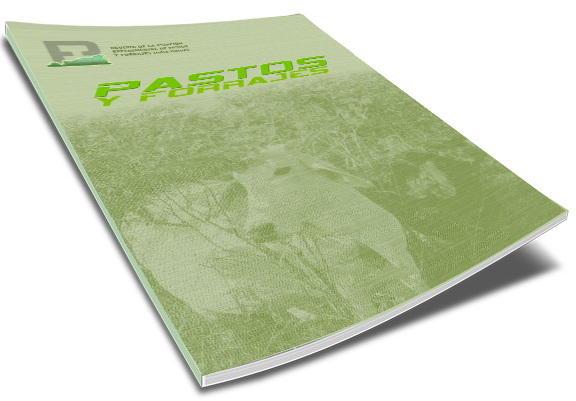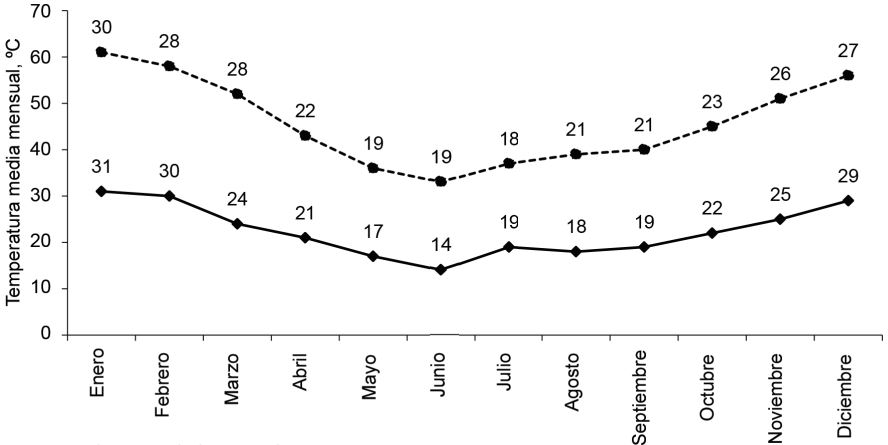Sobre la revista
Pastos y Forrajes es una publicación continúa editada por la Estación Experimental de Pastos y Forrajes Indio Hatuey.
Misión: Difundir resultados de investigación, desarrollo de tecnologías e innovación, relacionados con el sector agropecuario.
El objetivo de la revista es divulgar los resultados de las investigaciones que se realizan sobre la temática agropecuaria, tanto en Cuba como en el extranjero, con el propósito de contribuir al mejoramiento de la producción animal mediante la aplicación de dichos resultados.
Pastos y Forrajes está indizada en SciELO, SciELO Citation Index (Web of Science), Electronic Journals Index (SJSU), Redalyc, CAB Abstracts, AGRIS (FAO), PERIODICA (México), BIBLAT (Universidad Autónoma de México), Open Science Directory.
Registrada en los siguientes directorios y bases de datos: DOAJ, Fuente Académica (EBSCO), LATINDEX, Cubaciencia, Actualidad Iberoamericana (Chile), PERI (Brasil), TROPAG (Holanda), ORTON (Costa Rica), BAC (Colombia), AGROSI (México), EMBRAPA (Brasil), Forrajes Tropicales (CIAT), Ulrich´s International Periodicals Directory, Catálogo de Publicaciones Seriadas Cubanas, Catálogo colectivo COPAC (Reino Unido), Catálogo colectivo SUDOC (Francia), Catálogo colectivo ZDB (Alemania)..
TEMÁTICAS
- Introducción, evaluación y difusión de recursos fitogenéticos afines a la rama agropecuaria.
- Manejo agroecológico de sistemas de producción.
- Producción pecuaria sostenible.
- Conservación de forrajes y subproductos agroindustriales para la alimentación animal.
- Agroforestería para la producción animal y agrícola.
- Sistemas de producción integrados de alimentos y energía en el medio rural.
- Utilización de la medicina alternativa en los sistemas agropecuarios tropicales.
- Adaptación y mitigación al cambio climático en ecosistemas agropecuarios.
- Aspectos económicos, gerenciales y sociales de la producción agropecuaria.
- Extensionismo, innovación agraria y transferencia de tecnologías.
- Desarrollo rural y local.












